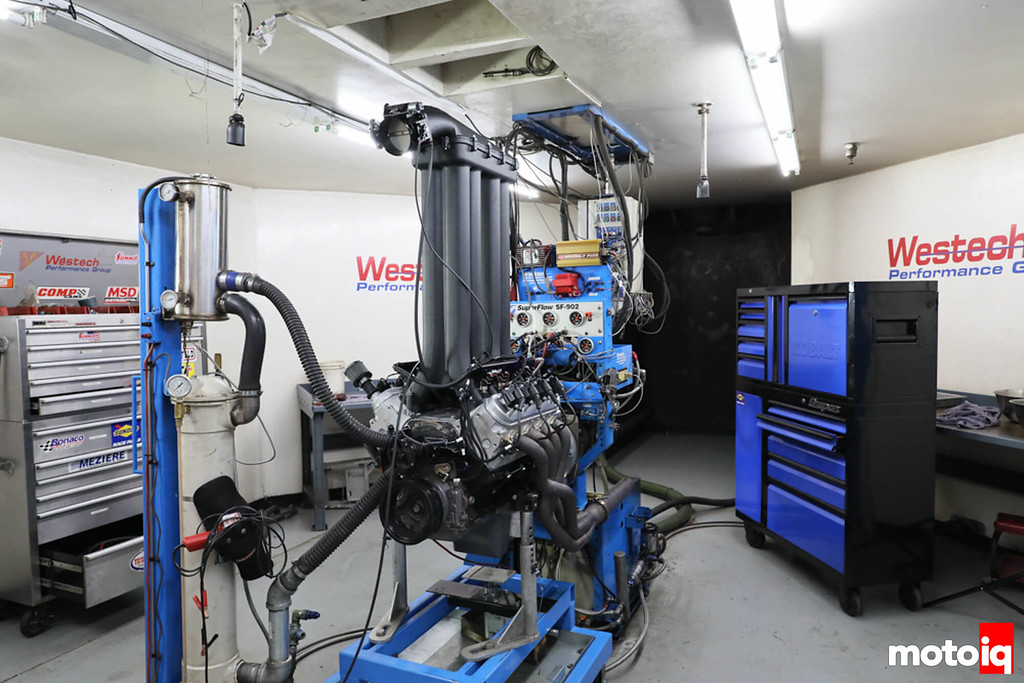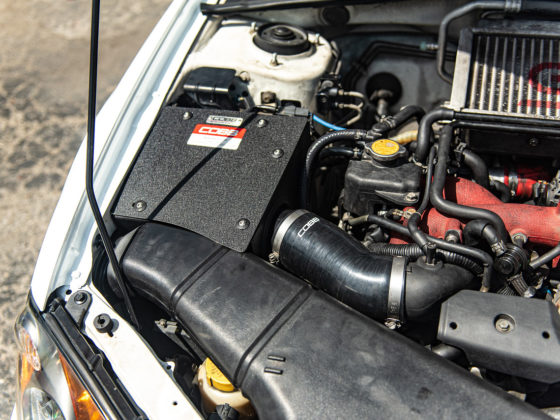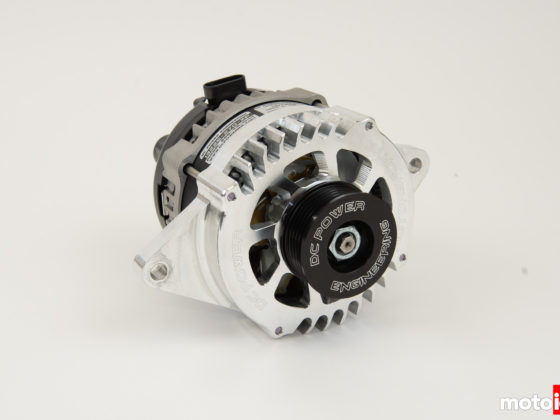
We first wrote about Holley’s Sky Ram intake manifold as an April fools joke. Although many people thought this was photoshop, Holley actually made a working Sky Ram manifold using 3D printing. So the natural thing was to dyno test it to see what would happen and we thought that it would make an excellent follow-on story to our April Fools post! As a technical note, the Sky Ram was made with the same plenum volume and runner cross-sectional area as the Holley Hi-Ram manifold, only with 31-inch long runners.

Actually, super long intake runners were tried on production cars before. In the ‘60s, several automotive companies tried their hands at long-runner intakes in an effort to boost the low-end torque to move their larger, heavier vehicle models around town with more authority. The most notable effort was Chrysler’s long ram which featured–oddly enough, 31-ish inch runners. The result was an engine that delivered exactly as promised; significant low-end torque improvements. However, the lengthy span from the cylinder head to the carburetor resulted in difficult cold start conditions and a myriad of other drivability issues due to the extremely large wetted wall area of the long runners necessitated by the engine being carburated, ultimately leading to its discontinuation. Perhaps the most famous example is the Cross Ram intake manifolds found on the 68=69 Camaro Z28 to get more torque out of the little 302 SBC for Trans-Am racing. A more recent example is the CrossFire manifold found on the 1984 Corvette. Now, some 60 years later, it was time to do some testing on something oddly similar. Would the skyscraper-esque runners of the Sky-Ram deliver a massive boost in torque? Would there be a herculean horsepower boost? Time to find out!

A lot has changed since the ‘60s and the Sky Ram–all comedy aside–is a true testament to that. Where the original Long Rams were cast from aluminum in a labor-intensive process, the Sky-Ram was rapid prototyped from plastic that was 3D printed in Holley’s engineering lab. While 3D printing is nothing new to this generation of hot-rodders, can you imagine the look of surprise and disbelief a mid-‘60s engineer would’ve had at the notion? 3D printing is a pretty legit way to make an intake manifold. Our Project Porshe Cayman made huge power gains with a 3D printed intake manifold made by Dundon Motorsports.

The test mule for the Sky-Ram dyno was an LQ9, 6.0L LS-based short block with Engine Quest LS3 heads and a COMP hydraulic roller camshaft. The Comp Cam speced out at 227/243 degrees of duration with .613in/.623in of lift. The compression ratio was a crappy California pump-gas friendly 9.8:1. This would be a good solid, but not too crazy of a test mule to try the manifold on. The Sky-Ram would be run on a Holley HP EFI stand-alone ECU with modern port injection, making it extremely tunable, with carburetor signal not being an issue, no wall wetting problems, and no hard starting troubles that might have plagued long-runner carburated manifolds of yore.

Rather than run the Sky Ram alone, it was decided to baseline it to the ever-popular great performing, Holley Hi-Ram . The Hi-Ram would provide a real-world comparison for the Sky-Ram. A Holley EFI 105mm cable-actuated throttle body and front feed plenum were used on both intake tests. Holley fuel rails with 32 lb-hr injectors fed each cylinder.




2 comments
I installed the Crawford Billet Power Blocks on my FR-S and noticed a definite increase in low-end torque. I mean, they are only about 1.5″ high so the boost is somewhat minimal, but at highway speed when you need a little push, you can tell the difference. SCIENCE!
we tested those!
https://motoiq.com/tested-crawford-performance-fr-s-brz-power-blocks-intake-manifold-spacers/